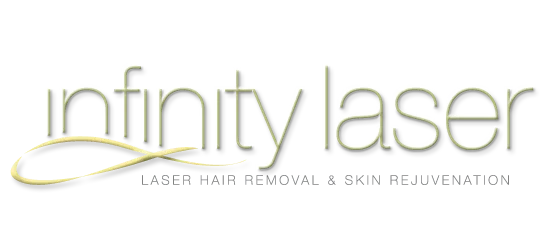Laser Hair Removal:
PRE CARE INSTRUCTIONS:
Avoid prolonged sun exposure for 4 weeks before treatment. Wear a total block sunscreen with SPF 30 or greater. If there is a suntan and direct sun exposure, complications can occur.
Do not apply sunless tanners for at least 2 weeks before treatment.
Discontinue antibiotics for 1 week prior to treatment.
Discontinue retinoids for 1 week prior to treatment.
Avoid tweezing and waxing at least 2 to 3 weeks before your appointment. These hair removal methods remove the hair follicle, which will make the laser treatments less effective.
Have a clean shave to the area being treated prior to your appointment (night before or morning of treatment)
POST CARE INSTRUCTIONS:
Mild redness and swelling of the hair follicles may occur (histamine reaction). This is normal and should lessen with time.
Avoid picking or scratching the skin.
Cool cloths may be applied or Aloe to soothe the skin.
Avoid sun exposure, and other sources of UV light for 7 days post treatment. Careful sun exposure of no more than 30 minutes may be resumed from days 7-14 post treatment. Avoid tanning beds for 14 days post treatment. UV sun exposure to the treated area will increase your risk of pigmentation changes to the skin.
Apply a zinc oxide sunscreen (SPF 30+) and use daily throughout treatments.
Avoid activities that increase body temperature for at least 24 hours after treatment, or longer if redness and bumps persists.
If redness, swelling or itching continues, an over-the-counter cortisone cream and/or an oral antihistamine (Benadryl) may be used in addition to cool cloths.
Do not apply ice directly to the treated areas.
WHAT TO EXPECT POST TREATMENT:
You may notice small "pepper spots" in the area that was treated. This is the base of the hair and will shed in the next few weeks. If it does not shed after 2-3 weeks you can try mild exfoliation. Otherwise these should resolve with your next treatment.
Redness, swelling, or welts may appear over the treatment area. This resolves in the next few hours to a day.
Small blisters, crusting, or scabbing can occur. If blisters appear, apply an antibiotic ointment and notify Celsius. The area should be kept lubricated.
Increase or decrease of skin pigmentation may occur and typically last about 1-3 months.
Activation of canker sores can occur. If you have a history of cold sores, you may wish to minimize this side effect by taking your medication 3 days pre treatment and 3 days post treatment.
If you notice a missed patch or a strip of hair in the treatment area (after 10 days on the face or within two to three weeks on the body areas), please contact our office to schedule a touch-up of the area. If you wait longer without contacting us, we will analyze the treatment area for the touch-up as the treatment parameters may need to be adjusted.
COMPLICATIONS:
Bleeding or infections- if you are experiencing bleeding and blistering please call Celsius
Reticulate erythema- rare side effect resulting in a net-like pattern of redness in the treated area. It is not painful and may resolve over time. But you must notify Celsius and may need to discontinue laser hair removal.
Paradoxical increase in hair- unexplainable increase in hair growth is a rare side effect of laser hair removal. The cause of this event remains widely unknown. Paradoxical hypertrichosis has a very low incidence and most commonly occurs in the face and neck especially in individuals with darker skin types with dark thicker hair and underlying hormonal conditions. Treatment is laser therapy in the affected area. It is possible that treatments may become more maintenance therapy than permanent results. In some cases discontinuing laser therapy is recommended.
Pigment changes- in rare cases the treated area may heal with increased or decreased pigmentation. This occurs most often with the darker pigmented skin and after exposure of the area to the sun. The treated area MUST be protected from exposure to the sun with sunscreen for 2-3 weeks post treatment to minimize the chances of hyperpigmentation. However, some pigmentation chances may occur even if the area has been protected from the sun. These spots usually fade in 3-6 months. In other cases, reduction of pigment may occur, but very uncommon. Please inform your technician immediately if you think you have pigmentation changes
QUESTIONS? LET US KNOW HOW WE CAN REACH OUT
ST. LOUIS
314-279-9900
LADUE@CELSIUSCRYOTHERAPY.COM

